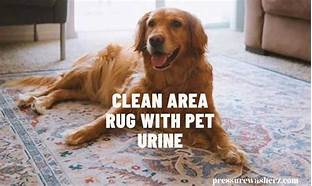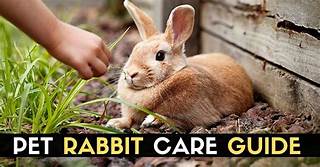What Do Pet Stores Do with Unsold Animals?
Pet stores are a common sight in many cities and towns, and they offer a wide variety of animals for sale, from dogs and cats to birds, fish, and reptiles. However, not all of the animals that are brought into pet stores are sold, and this can leave store owners with the difficult decision of what to do with the unsold animals.

Adoption
One of the most common options for pet stores is to find a way to adopt out the unsold animals. This can be done through a variety of channels, such as working with local animal shelters or rescue groups, posting the animals for adoption on the store's website or social media pages, or even holding adoption events at the store.
Adoption is a great way to find loving homes for unsold animals, but it can also be a challenge. Pet stores often have to compete with animal shelters and rescue groups for adopters, and they may also have to deal with potential adopters who are not qualified or responsible enough to own a pet.
Returning to Breeders
Another option for pet stores is to return the unsold animals to the breeders or distributors from whom they were purchased. This is often the easiest and most cost-effective option for pet stores, but it can also be difficult to find breeders or distributors who are willing to take back unsold animals.
In some cases, pet stores may be able to negotiate a credit or refund from the breeder or distributor, but this is not always possible. Additionally, returning unsold animals to the breeder or distributor can be stressful for the animals, as they may have to be transported long distances or placed in unfamiliar surroundings.
Euthanasia
In some cases, pet stores may be forced to euthanize unsold animals. This is a last resort, and it is only done when all other options have been exhausted. Euthanasia is a humane way to end an animal's life, but it is also a difficult decision for pet store owners to make.
Pet stores that euthanize unsold animals typically do so in a way that is as painless and stress-free as possible. The animals are usually given a sedative to calm them down, and then they are euthanized with an injection of a lethal drug.
Conclusion
The decision of what to do with unsold animals is a difficult one for pet store owners. There is no easy answer, and the best option for one store may not be the best option for another. However, by working with animal shelters, rescue groups, and breeders, pet stores can find ways to reduce the number of unsold animals and find loving homes for those that remain.
Declaration: All article resources on this website, unless otherwise specified or labeled, are collected from online resources. If the content on this website infringes on the legitimate rights and interests of the original author, you can contact this website to delete it.





